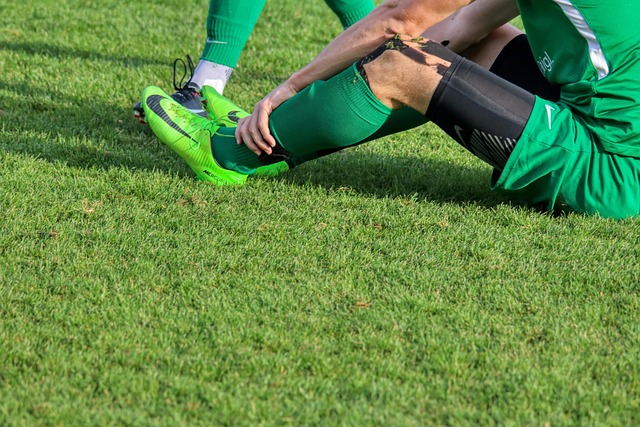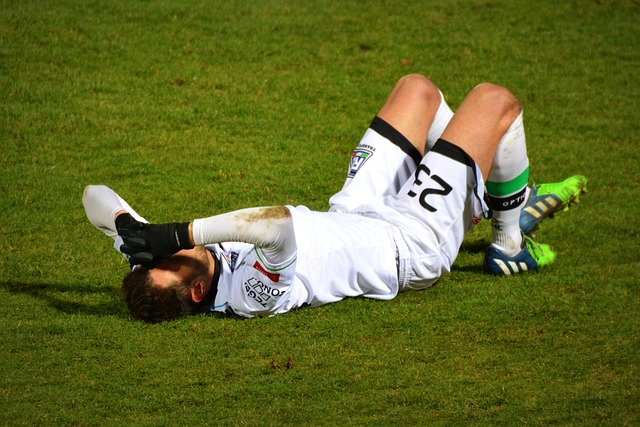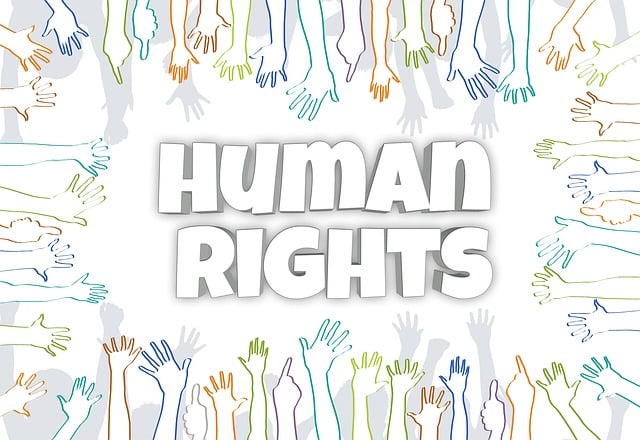Product liability lawsuits hold manufacturers accountable for defective products causing harm, with individuals seeking compensation through claims for damages like medical expenses and pain and suffering. Expert attorneys navigate state laws, securing justice in severe cases. Evaluating pain and suffering involves assessing physical injuries, emotional distress, and indirect costs. Careful documentation, including medical records and evidence, is crucial to establishing a product liability claim, demonstrating the defective product's direct link to injuries.
Navigating a product liability claim can be complex, especially when seeking compensation for pain and suffering damages. This comprehensive guide breaks down the process, offering insights into understanding legal principles, evaluating non-economic losses, and initiating a claim. Learn how to assess the value of your case, from identifying responsible parties to presenting compelling evidence of your injuries and subsequent hardships. By following these steps, you can ensure a strong foundation for your product liability claim.
- Understanding Product Liability Lawsuits
- Evaluating Pain and Suffering Damages
- The Process of Filing a Claim
Understanding Product Liability Lawsuits

Product liability lawsuits are a crucial aspect of ensuring consumer safety and holding manufacturers, distributors, and sellers accountable for their products’ quality and potential risks. When a product is defective or unsafe, causing harm to consumers, individuals affected may have grounds to file a product liability claim. This legal process involves seeking compensation for any resulting damages, including medical expenses, lost wages, and pain and suffering.
A personal injury attorney specializing in product liability cases can guide clients through the complex legal landscape. These lawyers assist in navigating the specifics of state laws, which may vary regarding time limits for filing claims and the types of damages recoverable in such cases. In severe instances, such as those involving auto accidents caused by defective parts, an accident lawyer experienced in product liability can help victims secure justice and compensation for their injuries, including physical pain and emotional distress.
Evaluating Pain and Suffering Damages

When evaluating pain and suffering damages within a product liability claim, several factors come into play. It’s crucial to consider the extent and duration of the physical pain experienced by the victim, as well as any emotional distress that may have ensued. Medical records and expert testimony often serve as key pieces of evidence to substantiate these claims.
In addition to direct medical expenses, a product liability claim involving pain and suffering damages should also account for indirect costs. This includes time lost from work, assistance required from caregivers, and any long-term care needs resulting from the accident or negligence. In cases of caregiver abuse or medical negligence, these factors can significantly impact the overall settlement amount, ensuring that victims receive fair compensation for their holistic experience.
The Process of Filing a Claim

When considering a product liability claim that includes pain and suffering damages, it’s essential to understand the process involved. The first step is to thoroughly document all relevant details related to the incident, including the date, location, and circumstances leading up to the harm. This can involve gathering medical records, witness statements, and any evidence that supports your case. In terms of a product liability claim, establishing a clear link between the defective product and the resulting injuries is crucial.
Filing a formal claim typically begins with researching and understanding the legal requirements in your jurisdiction. You’ll need to identify who is liable—the manufacturer, distributor, or retailer—and draft a detailed description of the damages incurred. Unlike contract disputes or medical negligence cases, product liability claims often require demonstrating that a product was defective and that this defect directly caused the harm. This process involves meticulous preparation, including reviewing applicable laws and regulations regarding defective products.
When pursuing a product liability claim, it’s crucial to understand not only the legal process but also the potential impact on your life. Evaluating pain and suffering damages is a critical step, as these non-economic losses can significantly contribute to your compensation. By navigating the filing process diligently, you can secure justice for your injuries and hold manufacturers accountable for their negligent product design or distribution. Remember, understanding your rights and taking action is key to achieving a favorable outcome in a product liability claim.






